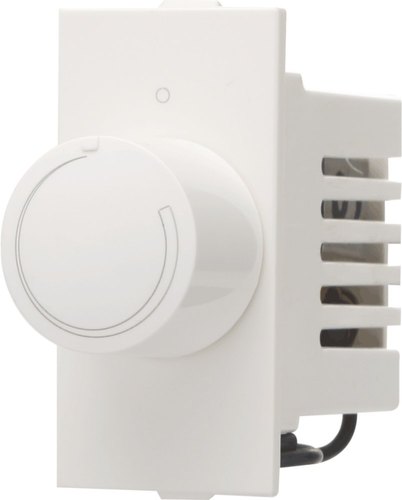
Types Of Lighting And Dimmers Appropriate For Them
Dimmers are devices that allow you to control the brightness of lights that are connected to them. Light dimmers change the voltage waveform applied to the bulb to raise or reduce the intensity of the light output. Light dimmers are a sort of variable-voltage device utilised in homes, businesses, and industrial settings. While dramatic and architectural lighting necessitates high-power devices, light dimmers for domestic use are often smaller. For accurate lighting control, you must use modern lights in conjunction with light dimmers.
Check out the IndoAsian website today for a wide and classy range of light dimmers!
Although dimming has become more complicated as new lighting technology has been accessible, it does not have to be tough. To ensure that you’re doing it right, consider the following: The light source is the initial consideration, followed by the dimming mechanism. You’re off and running—or fading, as the case maybe—once you’ve found the correct match.
Lighting Type
- Incandescent Lighting
One of the most frequent types of lighting is incandescent lighting.
It is your typical screw-in bulb, which is well-known all around the world: A glass bulb with an electrical current running through it and a tungsten wire filament. As the wire heats up, it changes colour and emits energy in the form of light. Although it is the most basic light source, it is also the least efficient. For this reason, newer models use halogen or xenon. These bulbs use the inert gas inside the bulb to replace it, significantly extending the filament’s life and increasing efficiency.
How to dim incandescent lighting: The easiest lighting to dim is incandescent lighting. It’s as easy as turning the spigot on a hose to reduce the filament’s power supply. Standard rotary or basic slider dimmers will suffice for basic bulbs.
- Fluorescent Lights
Dedicated fluorescent fixtures create light using a different approach. Instead of a physical filament, the bulb, usually tubular in shape, is filled with mercury vapour. When a current is agitated by vapour, it produces ultraviolet light that strikes the tube’s interior. This tube’s phosphorous coating reacts with UV light to generate visible light. These systems are more delicate than others, requiring a ballast to uniformly transfer the current to the bulb and prevent buzzing or pulsing. Even with halogen bulbs, this method is significantly more efficient and uses a fraction of the energy. As a result, they’re common in both commercial and institutional contexts.
How to dim fluorescent lights: Fluorescent lights are rarely dimmable due to the high cost of dimmer-compatible ballasts. If you can dim the light, use a 0-10 volt dimming system.
- Compact Fluorescent Bulbs (CFL)
CFLs (Compact Fluorescent Bulbs) are a form of fluorescent light bulb that uses less energy (CFL).
CFL bulbs were an early attempt to mass-market high-efficiency residential lighting. These bulbs had their onboard ballast and normal screw bases and were simply microscopic fluorescent tubes folded in on themselves. Due to colour temperature and colour rendering issues, many buyers shunned early models.
How to dim a CFL bulb: Most newer CFL bulbs are dimmable but verify the bulb’s specifications to be sure. In most circumstances, you can utilise CL or conventional dimmers.
Lighting your space correctly is important. If you have too little, you won’t be able to see; if you have too much, the space will be uncomfortable. Installing dimmers is one of the simplest ways to improve the operation of your home.



